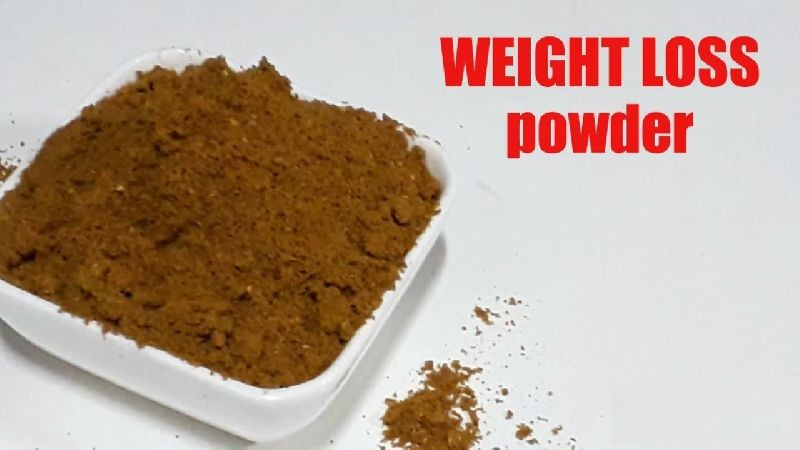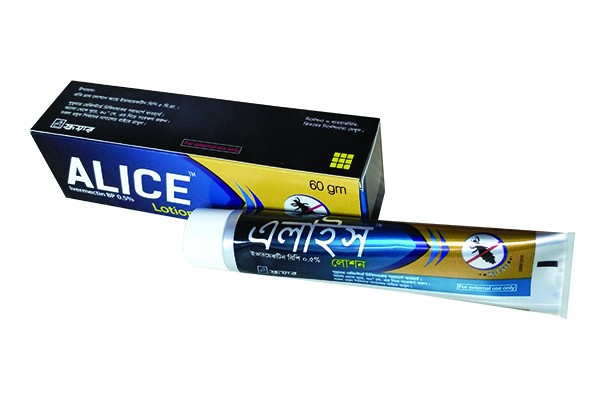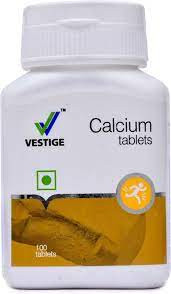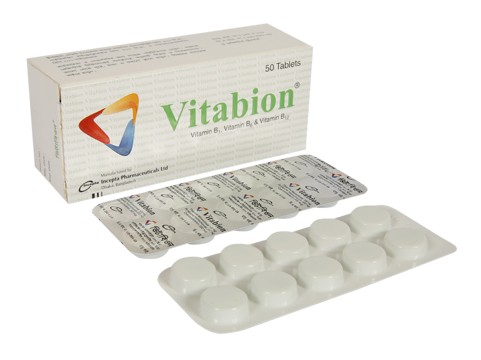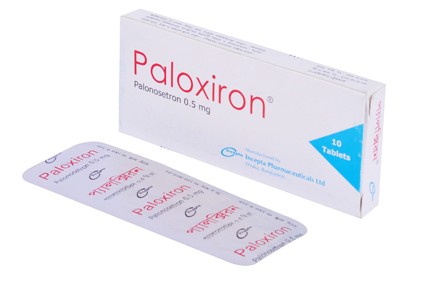

Paloxiron Tablet 0.5 mg (10Pcs)
Inhouse product
-
৳1,030.00
৳1,550.00 -
৳10.00
৳12.00 -
৳280.00
৳500.00 -
৳127.00
৳132.00 -
৳900.00
৳1,300.00 -
৳112.00
৳120.00
Reviews & Ratings
Presentation
Paloxiron 5 Injection: Each 5 ml ampoule contains 0.25 mg of Palonosetron as Palonosetron hydrochloride INN.
Paloxiron 1.5 Injection: Each 1.5 ml ampoule contains 0.075 mg of Palonosetron as Palonosetron hydrochloride INN
Paloxiron 0.5 mg tablet: Each tablet contains 0.5 mg of Palonosetron as Palonosetron Hydrochloride INN.
Description
PHARMACOKINETICS
Absorption: Following IV administration, the C max and AUC are generally dose-proportional. After a single IV dose at 3 mcg/kg, mean C max was approximately 5.6 ng/mL and AUC was 35.8 ng-h/mL.
Distribution: Vd is approximately 8.3 L/kg, and protein binding is about 62%.
Metabolism: Approximately 50% is metabolized to 2 metabolites that have less than 1% of the activity of Palonosetron. The major isozyme responsible for metabolism appears to be CYP2D6 and, to a lesser degree, CYP1A2 and CYP3A are involved.
Elimination: Following IV administration, approximately 80% of the dose is recovered in the urine. The terminal half-life is approximately 40 h.
PHARMACODYNAMICS: The effect of Palonosetron on blood pressure, heart rate, and ECG parameters including QTc were comparable to ondansetron and dolasetron in CINV clinical trials. In PONV clinical trials the effect of Palonosetron on the QTc interval was no different from placebo.
MECHANISM OF ACTION:
Cancer chemotherapy may be associated with a high incidence of nausea and vomiting. 5-HT3 receptors are located on the nerve terminals of the vagus in the periphery and centrally in the chemoreceptor trigger. It is thought that chemotherapeutic agents release serotonin (5-HT) from the enterochromaffin cells of the small intestine. The released serotonin then activates 5-HT3 receptors located on vagal afferents to initiate the vomiting reflex.
Postoperative nausea and vomiting is influenced by multiple patient, surgical and anesthesia related factors and is triggered by release of serotonin (5-HT) in a cascade of neuronal events involving both the central nervous system and the gastrointestinal tract. The 5-HT3 receptor has been demonstrated to selectively participate in the emetic response.
Palonosetron is a 5-HT3 receptor antagonist with a strong binding affinity for this receptor. As a result, serotonin can’t activates 5-HT3 receptors and thus fails to initiate vomiting reflux.
Indications
• Moderately emetogenic cancer chemotherapy - prevention of acute and delayed nausea and vomiting associated with initial and repeat courses
• Highly emetogenic cancer chemotherapy - prevention of acute nausea and vomiting associated with initial and repeat courses
• Prevention of postoperative nausea and vomiting (PONV) for up to 24 hours following surgery. Efficacy beyond 24 hours has not been demonstrated.
Dosage & Administration
Paloxiron Dosage and Administration
Chemotherapy-Induced Nausea and Vomiting
Dosage for Adults - a single 0.25 mg I.V. dose administered over 30 seconds. Dosing should occur 30 minutes before the start of chemotherapy. Alternatively 0.5 mg tablet approximately 1 hour before the start of chemotherapy.
Postoperative Nausea and Vomiting
Dosage for Adults - a single 0.075 mg I.V. dose administered over 10 seconds immediately before the induction of anesthesia. In case of 0.5 mg tablet, dose should be determined by the physician.
PEDIATRIC USE
Safety and effectiveness in patients below the age of 18 years have not been established. However different clinical trial shows Palonosetron is well tolerated and effective from one month of age.
GERIATRIC USE
Pharmacokinetics analysis did not reveal any differences in Palonosetron pharmacokinetics between patients ≥ 65 years of age and younger patients (18 to 64 years)
USE IN SPECIAL CASES
Renal Function Impairment
No dosage adjustments are needed with any degree of renal function impairment.
Hepatic Function Impairment
No dosage adjustments are needed with any degree of hepatic function impairment.
Elderly
No dosage adjustments or special monitoring are needed in elderly patients.
Side Effects
The most common adverse reactions in chemotherapy-induced nausea and vomiting (incidence ≥ 5%) are headache and constipation
The most common adverse reactions in postoperative nausea and vomiting (incidence ≥ 2%) are QT prolongation, bradycardia, headache, and constipation.
Precautions
• For IV administration only. Not for intradermal, subcutaneous, or IM administration.
• Do not administer if particulate matter, cloudiness, or discoloration is noted.
• Discard any unused solution. Do not save unused solution for later administration.
• Do not mix with other medications.
Use in Pregnancy & Lactation
US FDA Pregnancy category B. It is not known whether Paloxiron is excreted in human milk.
Drug Interaction
In vitro studies indicated that Palonosetron is not an inhibitor of CYP1A2, CYP2A6, CYP2B6, CYP2C9, CYP2D6, CYP2E1 and CYP3A4/5 (CYP2C19 was not investigated) nor does it induce the activity of CYP1A2, CYP2D6, or CYP3A4/5. Therefore, drug interactions with Paloxiron appears to be low.
In controlled clinical trials, Palonosetron injection has been safely administered with corticosteroids, analgesics, antiemetics/antinauseants, antispasmodics and anticholinergic drugs.
Palonosetron did not inhibit the antitumor activity of the five chemotherapeutic agents tested (cisplatin, cytarabine, doxorubicin and mitomycin C) in murine tumor models.
Storage
Store at controlled temperature of 20-25°C (68°F-77°F). Protect from light and protect injectable from freezing.
Commercial Pack
Paloxiron 0.5 Tablet: Each box contains 1 blister of 10 tablets.
Paloxiron 5: Each box contains 5 ampoules of 5 ml solution for IV injection.
Paloxiron 1.5: Each box contains 5 ampoules of 1.5 ml solution for IV injection.
Frequently Bought Products
-
৳1,030.00
৳1,550.00 -
৳10.00
৳12.00 -
৳280.00
৳500.00 -
৳127.00
৳132.00 -
৳900.00
৳1,300.00 -
৳112.00
৳120.00
Online Shopping Bangladesh : MShopBD-Majumder Shop
MShopBD-Majumder Shop Online Shopping in Bangladesh is the Best Shopping store within 10000+ products cash on delivery in dhaka, Khulna, ctg & all over Bangladesh with COD-cash on delivery (Only Shipping Cost Advance ) under by www.esdp.gov.bd (bangladesh.gov.bd ) Home Delivery all Over Bangladesh different location and shop as like as Multivendor Online Sites in BD.
Thank you for choosing MShopBD - Majumder Shop!
